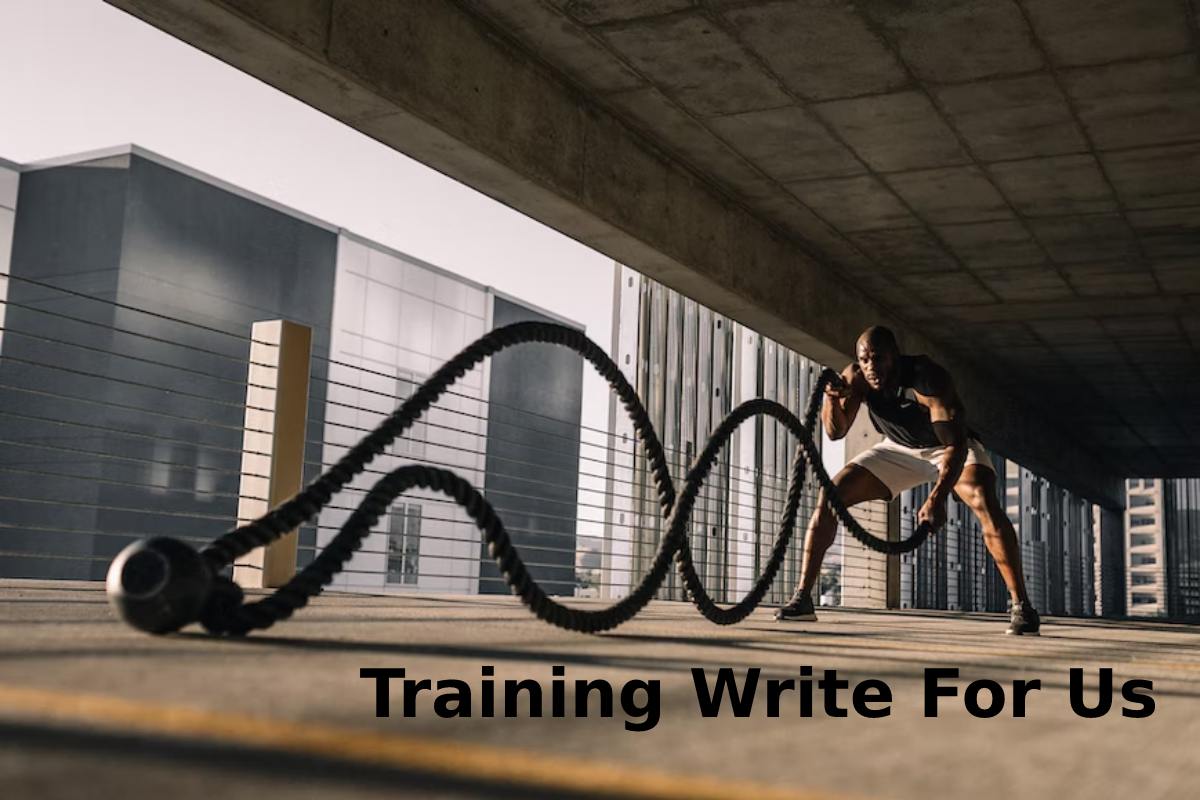Training Write for Us

Training writes for us: Warming up is primarily forgotten when preparing for training, along with post-exercise stretching. Due to lack of time, eagerness to start, or lack of knowledge, we need to remember about the warm-up.
Today, our sports physiotherapy experts will talk about the physiological and psychological benefits of warming up and everything we need to know to type the most of its benefits.
What is Warm-up?
Let’s start at the beginning to know what a warm-up is and what it consists of. An introduction is a session that is done before doing physical activity.
Most warm-up sessions will include a recipe for cardiovascular, stretching, and strength exercises.
Cardio exercises are designed to increase circulation, body temperature, and heart rate while stretching warms up the muscles and cook them for the movements they need to perform during activity. Explosive strength exercises, which can include sprinting or jumping exercises, gently increase the intensity level and prepare the body for the sudden in-game movements that will follow; These exercises should only be done once the muscles are warm; thus, we will avoid injuries.
Warming Effects
The warm-up should moderately prepare the body for the exercises by gradually increasing heart rate and flow; this will loosen the joints and increase blood flow to the muscles. Stretching your muscles prepares them for physical activity and prevents injuries. It is an excellent opportunity to mentally prepare for the upcoming training. It is a beneficial practice in team sports since we are used to working as a team before the game or sport begins.
How Long Should a Wam-Up Last?
Most warm-up sessions last about 20 minutes. This time gives the body enough time to prepare for physical activity and gives us time to prepare mentally for the practice that we are going to do.
Injury Prevention
The most crucial reason to warm up is to prevent injury during exercise. Keeping your muscles warm will prevent acute injuries like hamstring strains and overuse injuries by allowing the body to prepare steadily and safely.
Benefits of a Proper Warm-Up
- The warm-up prepares the heart, lungs, and muscles for the most strenuous phase.
- Increases muscle temperature: warm muscles contract more strongly and relax more quickly. This reduces the risk of overstretching the muscle and causing injury. It also increases the overall body temperature, which improves muscle elasticity.
- The temperature of the blood rises as it travels through the muscles. When the blood temperature rises, oxygen binding to hemoglobin weakens, making oxygen more available to working muscles, thus improving our endurance.
- Increased range of motion –This pushes large joints (such as the shoulders and knees) to reach their full potential for movement.
- Hormonal Changes –The body increases the production of various hormones, such as cortisol and epinephrine, responsible for regulating energy production.
- Opportunity to mentally prepare: warming up is also a good time to mentally prepare for sports by clearing your mind. Positive images can also relax you and increase concentration for a competition.
Main Tips for a Correct Warm-Up:
Tailor activities to your main workout:
If you’re preparing for a brisk walk, your warm-up might include a slower-paced walk. For exercises that don’t have a lot of aerobic activity, like yoga or Pilates, small movements like pelvic tilts, neck rolls, and cat-cow sequences will help loosen up your spine and other joints. For a weight lifting workout, range of motion exercises such as shoulder rolls and knee raises are appropriate.
Avoid static stretches:
Static stretches are those in which you remain in a single position. Stretching a “cold” muscle in this way can increase the risk of pull and tear injuries. Instead, we can perform dynamic stretching, which involves continually moving through a range of motion. An example might be making big arm circles in both directions. Static stretching can be reserved after exercise when our muscles are warm and flexible.
Attention.
Extensive research in sports psychology indicates that mental imagery, especially visualization, can enhance performance. So, even if we are not professional athletes, we can take this time to visualize our sports practice and the benefits it will have on our health.
Finding the perfect warm-up is an individual process that can only be achieved with practice, experimentation, and experience. Therefore, it is best to warm up in various ways, at various intensities, until you find what works best for you. And remember to consult with expert trainers who will help you get the most out of it.
How to Submit Your Training Articles Training Write For Us?
That is to say, To submit your article at www.thewikiguide.com, mail us at contact@thewikiguide.com.
Why Write for The Wiki Guide – Training Write For Us

To Share Information: The Wiki Guide often provides a platform for people to share their ideas, opinions, or knowledge on a particular topic. Writing to a website like the wiki guide could be an opportunity to share valuable information with others interested.
- Writing for the wiki guide can expose your website to customers looking for training.
- The wiki guide presence is on Social media and will share your article with the training-related audience.
- You can reach out to training enthusiasts.
Search Terms Related to Training Write For Us
Here at The Wiki Guide, we publish well-researched, informative, and unique articles. In addition, we also cover reports related to the following:
- teaching
- skills
- knowledge
- fitness
- useful competencies
- capability
- productivity
- performance
- apprenticeships
- institutes of technology
- working life
- trade
- occupation
- professional development
- profession
Search Terms for Training Write For Us
What is the beginning of a guest blog post
How to start writing on product description
How to write a press release
Write for us training
Content writing training
Freelance writing training
Blogging training
Copywriting training
SEO writing training
Technical writing training
How to contribute a case study
How to submit a technical document
Guidelines of the Article – Training Write For Us
- We at The Wiki Guide welcome fresh and unique content related to training.
- The Wiki Guide allows a minimum of 500+ words related to training.
- The editorial team of the wiki guide does not encourage promotional content related to Training.
- For publishing an article in the wiki guide email us at contact@thewikiguide.com
- The wiki guide allows articles related to Diet, business, beauty, fitness, and many more

